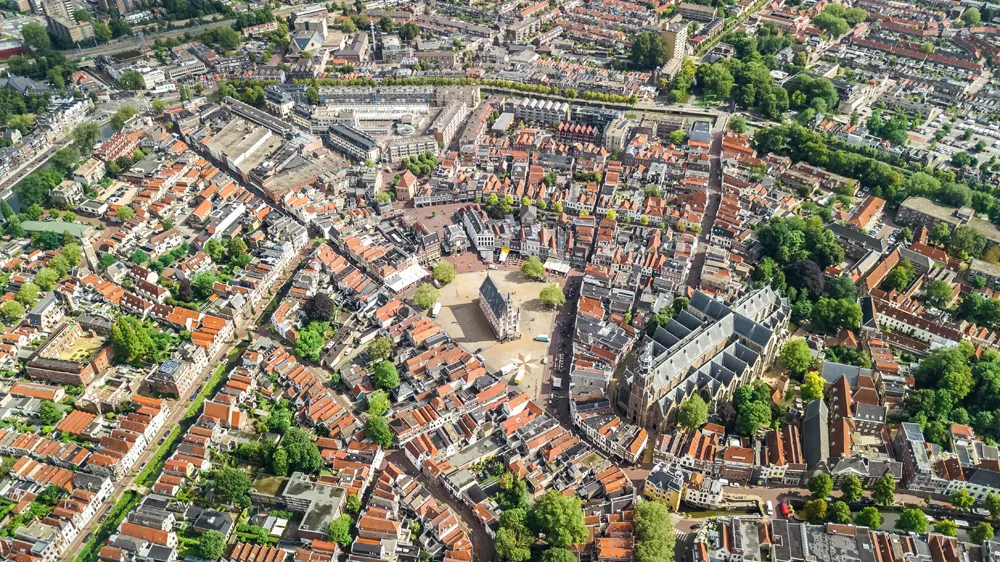Royal HaskoningDHV, Netherlands-headquartered international engineering consultancy has signed a Memorandum of Understanding with Turkey’s Hakan Kiran Architecture for the design of the new Kabatas Seagull Transportation Hub in Istanbul. The multi modal transportation hub will connect ferry, metro, tram, bus and normal traffic and is to be located on the western shore of the Bosporus in Istanbul. The project will include an underpass for vehicles, a metro station, a tram station and ferry docks, and will
November 12, 2012
Read time: 2 mins
The multi modal transportation hub will connect ferry, metro, tram, bus and normal traffic and is to be located on the western shore of the Bosporus in Istanbul. The project will include an underpass for vehicles, a metro station, a tram station and ferry docks, and will provide transfer facilities for millions of travellers. The design will also take into account the risks associated with earthquakes, as the site is in an earthquake zone.
Royal HaskoningDHV will be providing geotechnical, environmental and maritime consultancy and engineering services to the architect’s project team.
The architect was required by the Municipality of Istanbul to design a new landmark for this unique location. The view from the water side is intended to represent a flying seagull, which will be visible to millions of tourist and commercial vessels passing the Bosporus every year.










